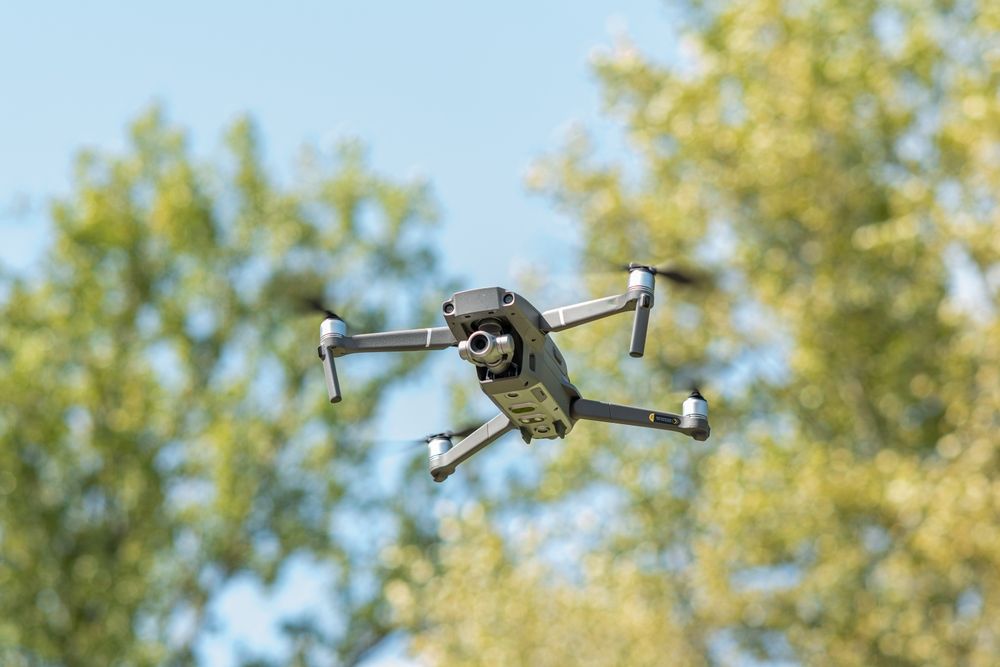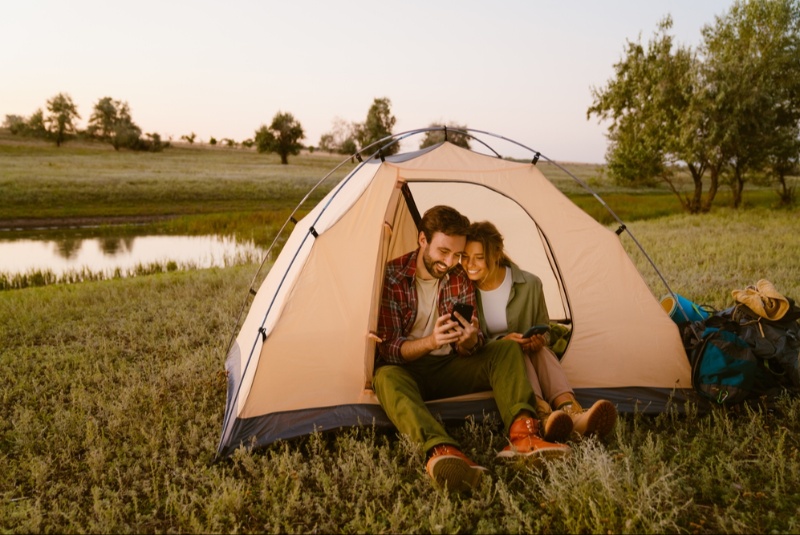Drones have rapidly evolved from niche gadgets to mainstream devices used for everything from breathtaking aerial photography to industrial inspections. Whether you’re a hobbyist looking to capture scenic landscapes or a professional seeking advanced flight capabilities, the vast selection of drones on the market can be overwhelming. Where do you start? How do you weigh technical specs against price, brand reputation, and intended use? This guide will walk you through the essentials—covering drone categories, must-have features, and practical considerations—to help you make an informed decision. By the end, you’ll have the confidence to select a drone that suits your budget, skill level, and creative ambitions.
1. Understand Why You Want a Drone
Why It Matters
Before diving into specs like resolution and flight time, clarify your core motivation. Different drones cater to different audiences—someone aiming for cinematic 4K footage might need a different model than a racing enthusiast or a property surveyor.
Common Drone Applications
- Aerial Photography & Videography: If capturing high-quality images or smooth video is your priority, look for drones with advanced camera capabilities, gimbal stabilization, and robust flight controls.
- Racing and Acrobatic Flying: Racing drones prioritize speed and agility over camera resolution. They often feature first-person view (FPV) goggles for an immersive flight experience.
- Industrial or Commercial Use: For tasks like mapping, surveying, or agriculture, drones with extended flight time, advanced sensors (like thermal cameras), or specialized payload options might be essential.
- Recreational Fun: If you just want to casually pilot a drone around the backyard or local park, a budget-friendly, easy-to-fly model may suffice.
Takeaway
Identify your primary goal—whether it’s creative, competitive, professional, or purely recreational. This clarity narrows your search and prevents overbuying features you won’t use.
2. Know the Main Drone Categories
Why It Matters
Drones come in diverse shapes, sizes, and functionalities. Some are mini or “nano” drones best for beginners or indoor play, while others weigh multiple pounds and carry professional-grade cameras. Understanding broad categories helps you zero in on the type that fits your use case.
Common Categories
- Toy or Beginner Drones: Typically inexpensive, smaller, and simpler to operate. Good for learning the basics, though flight times and camera quality are limited.
- Camera Drones (Consumer): Balance user-friendliness with decent photography/videography features. Flight times average 20–30 minutes, cameras often capture 1080p to 4K.
- Professional/Prosumer Drones: Heavier, more robust, and loaded with advanced features like obstacle sensing, 4K–8K cameras, and longer flight times (25–40 minutes).
- Racing Drones: Built for speed and agility, commonly used with FPV goggles. Camera quality is secondary to performance. Often custom-built or modular.
Takeaway
Begin with toy drones if you’re a complete novice. For mid-level photography or casual videography, camera drones (consumer or prosumer) offer the best blend of affordability and capability.
3. Check Local Regulations and Licensing
Why It Matters
Drone regulations vary worldwide, and ignoring them can lead to fines or legal issues. Some drones require you to register with aviation authorities, especially if they exceed certain weight thresholds or if you plan commercial use.
Key Points
- Registration: In the U.S., for instance, any drone weighing over 0.55 lbs (250g) must be registered with the FAA for recreational use. Other regions have similar rules.
- Restricted Airspace: Avoid flying near airports, military installations, or crowded public events. Dedicated apps or websites can help identify no-fly zones.
- Commercial Flights: If planning to monetize your aerial footage or use the drone for business, you may need additional licensing or certifications.
Takeaway
Always research your local drone laws before purchase. Understanding weight and flight restrictions can guide you to an appropriate model and ensure safe, legal flights.
4. Must-Have Features and Specifications
Why It Matters
Beyond basic flight capabilities, certain features can enhance your drone’s performance, safety, and ease of use. Knowing which specs you truly need helps keep your purchase aligned with your goals and budget.
Important Specs
- Camera Quality: Look for at least 1080p for casual video, 2.7K or 4K for more serious content creators. Check for gimbal stabilization to reduce shakiness.
- Flight Time: Many mid-range consumer drones offer around 20–30 minutes per battery. Consider spare batteries or advanced models if you need extended flight sessions.
- Range and Signal: Some drones claim up to 4–6 miles of control range. But local regulations or real-world conditions (like interference) often reduce practical range.
- GPS and Return-to-Home (RTH): GPS-enabled drones can hover in place more precisely. RTH automatically returns the drone if the battery runs low or the signal is lost.
- Obstacle Avoidance: Sensors that detect and bypass obstacles reduce crash risk, especially for new pilots or complex flight paths.
Takeaway
Focus on camera resolution, flight time, and basic safety features like RTH. Additional extras, such as advanced obstacle avoidance, can boost user confidence but might raise the price significantly.

5. Consider Portability and Design
Why It Matters
Whether you plan to travel with your drone or simply store it at home, size and foldability matter. A large, bulky drone might deliver superior performance but can be cumbersome to transport.
Factors to Weigh
- Foldable Arms: Many modern drones, like DJI’s Mavic series, fold into a compact shape. Perfect for travelers or spontaneous outings.
- Weight: Lightweight drones are simpler to carry but might handle wind less effectively. Heavier drones often remain more stable in breezy conditions.
- Durability: Check build quality. Hobby drones may be more fragile, while advanced models use sturdy materials for professional-level reliability.
Takeaway
If you want to document adventures on the go, a smaller, foldable design is invaluable. However, if flight stability or advanced cameras are top priority, a sturdier (possibly bigger) unit could be the better pick.
6. Brand Reputation and Support
Why It Matters
Major drone brands—like DJI, Autel, Parrot, and Skydio—carry strong track records for reliability, customer service, and firmware updates. Cheaper off-brand drones might promise big features but lack software refinements or robust support.
What to Research
- Firmware Updates: Frequent updates can fix bugs, add features, or improve flight performance.
- Customer Service: In case of crashes or technical issues, responsive support is a lifesaver.
- User Community: A large user base often means active forums, tutorials, and troubleshooting tips.
Takeaway
Established brands usually offer better reliability, consistent performance, and robust user communities. Budget drones can be a stepping stone, but weigh their lower cost against potential support or software limitations.
7. Test Drive or Read In-Depth Reviews
Why It Matters
A drone’s real-world performance often differs from manufacturer claims. Reading thorough reviews or, if possible, testing a friend’s unit provides insights into flight stability, camera quality, and user-friendliness.
Where to Look
- Drone Review Websites/YouTube Channels: Offer in-depth comparisons, flight footage, and opinions on durability.
- Online Forums: Communities like Reddit’s r/drones or brand-specific forums share anecdotal experiences and tips.
- Local Hobby Groups: If possible, observe or test a model at local drone clubs or gatherings.
Takeaway
Hands-on experience (or detailed reviews) can reveal details—such as fiddly controls, battery life shortfalls, or camera distortions—that specs alone won’t disclose.
8. Budgeting for Extras
Why It Matters
Your purchase doesn’t end with the drone itself. Accessories like spare propellers, additional batteries, protective cases, ND filters (for camera drones), or even insurance might be essential.
Typical Add-Ons
- Extra Battery: Extends flight sessions—one battery might only last 20–30 minutes.
- Prop Guards/Spare Props: Protect your drone (and surroundings) from collisions and wear.
- Carrying Case/Backpack: Critical for safe transport, especially for travel.
- SD Cards: For high-res footage, choose fast, large-capacity cards.
- Insurance/Care Plan: Some brands offer “Care Refresh” or similar coverage for accidental damage.
Takeaway
Factor these extras into your overall budget. A slightly pricier drone with included accessories or warranties may be cheaper in the long run than a base model with many separate purchases.
9. Flight Practice and Safety
Why It Matters
Even the best drone can crash if the pilot is unprepared. Gaining basic piloting skills—understanding orientation, practicing smooth movements, and respecting local regulations—ensures safer, more enjoyable flights.
Getting Started
- Practice in Open Areas: Choose a wide, obstacle-free zone for your first flights. Gradually build skills in tight spaces once you’re comfortable.
- Use Beginner Modes: Many drones offer a “Beginner” or “Tripod” mode that limits speed and altitude.
- Follow Drone Etiquette: Avoid flying over crowds or private property without permission.
- Respect No-Fly Zones: Many advanced drones have geo-fencing to stop flight near airports or restricted areas.
Takeaway
Good piloting skills and adherence to safety rules protect your drone, others, and your bank account from crash-related costs or fines.
Buying a drone can open up creative possibilities—from capturing sweeping landscape videos to simply enjoying the thrill of piloting. To find the perfect match, start by clarifying why you want a drone: do you dream of cinematic aerial footage, quick weekend racing, or commercial data capture? From there, delve into drone categories, check features like camera resolution and battery life, and always keep local regulations in mind.
Consider brand reputation and read user reviews or watch flight demos for real-world insights. Budget not only for the drone but also for extra batteries, protective cases, or ND filters if you’re serious about videography. With these steps, you’ll be well on your way to selecting a drone that suits your skills, goals, and price range—ready to soar above your surroundings and capture the world from a thrilling new perspective. Safe flying!




